The 3rd Generation Nag Missile, which means “cobra” in English, is a highly advanced anti-tank-guided missile system developed by DRDO in India. Designed to be a potent weapon and a premier-class missile system against all armoured vehicles, the NAG Missile is renowned for its precision and effectiveness on the battlefield.
It employs “fire-and-forget” technology, meaning that once launched, it can autonomously track and engage targets without further guidance from the operator, making it extremely versatile and reducing the operator’s exposure to enemy fire.
The Nag Missile’s development is a component of the Integrated Guided Missile Development Program (IGMDP), overseen by the Defence Research and Development Organisation (DRDO). Manufacturing of the Nag Missile is carried out by Bharat Dynamics Limited (BDL). This missile represents an all-weather, fire-and-forget, lock-on after-launch anti-tank guided missile (ATGM) with a variable operational range, spanning from 500 meters to 20 kilometres, contingent upon its specific variant and type. Impressively, it achieves a remarkable single-shot hit probability of 95% and boasts a ten-year maintenance-free shelf life.

The Nag has five variants under research & development
- A land-based variant designed for a mast-mounted system
- The Helicopter-Launched Nag (HELINA), also known as Dhruvastra, is an anti-tank guided missile system.
- A “man-portable” version, designated as MP-ATGM.
- An Air-Launched version equipped with Millimetric-Wave (mmW) active radar homing seeker, which is set to replace the current Imaging Infra-Red (IIR) system.
- The Nag Missile Carrier (NAMICA), often referred to as the “Tank Buster,” is a modified Russian BMP-2 Infantry Fighting Vehicle (IFV) manufactured under license in India by Ordnance Factory Medak (OFMK).

Testing Phase and Development of the Nag System
The development of the Nag missile began in 1988 under the leadership of A. P. J. Abdul Kalam. Initial trials were conducted in November 1990, and the project spanned over two decades before receiving approval from the Army in August 2008. Subsequently, in the same year, the Indian Army initiated an order for 443 Nag missiles and 13 NAMICA carriers, with delivery commencing in December 2009 and concluding over the next three years.
The Nag missile represented a significant addition to the Army’s arsenal as the first ATGM of its kind. The Army’s pressing requirement for the Nag stemmed from its unique capability to enhance the probability of a successful kill. This was achieved through the utilization of a tandem-charge, high-explosive anti-tank-shaped warhead, designed to penetrate the armor of contemporary tanks. By 2008, the total development cost had reached 300 crores (US$37.6 million).
The missile’s warhead performance received strong approval from both the Indian Army and Air Force. A noteworthy achievement was recorded on December 28, 2008, when another successful test was conducted. During this test, a fixed target positioned 3.1 kilometres away and a moving target located at a distance of 1.8 kilometres were effectively destroyed. A total of five missiles were launched at various fixed and moving targets throughout the day and night. Subsequently, in June 2009, summer trials were conducted for the missile before its official deployment. The authorization for the manufacture of the Nag ATGM was granted in July 2009.
About MP-ATGM
The MP-ATGM is meticulously designed and developed as a third-generation Fire-and-Forget missile, exclusively tailored for the specialized needs of the Indian Army’s Special Forces Parachute and Infantry battalions. Its primary purpose is to serve as a replacement for the French MILAN system and the Russian Konkurs systems that are currently in service.
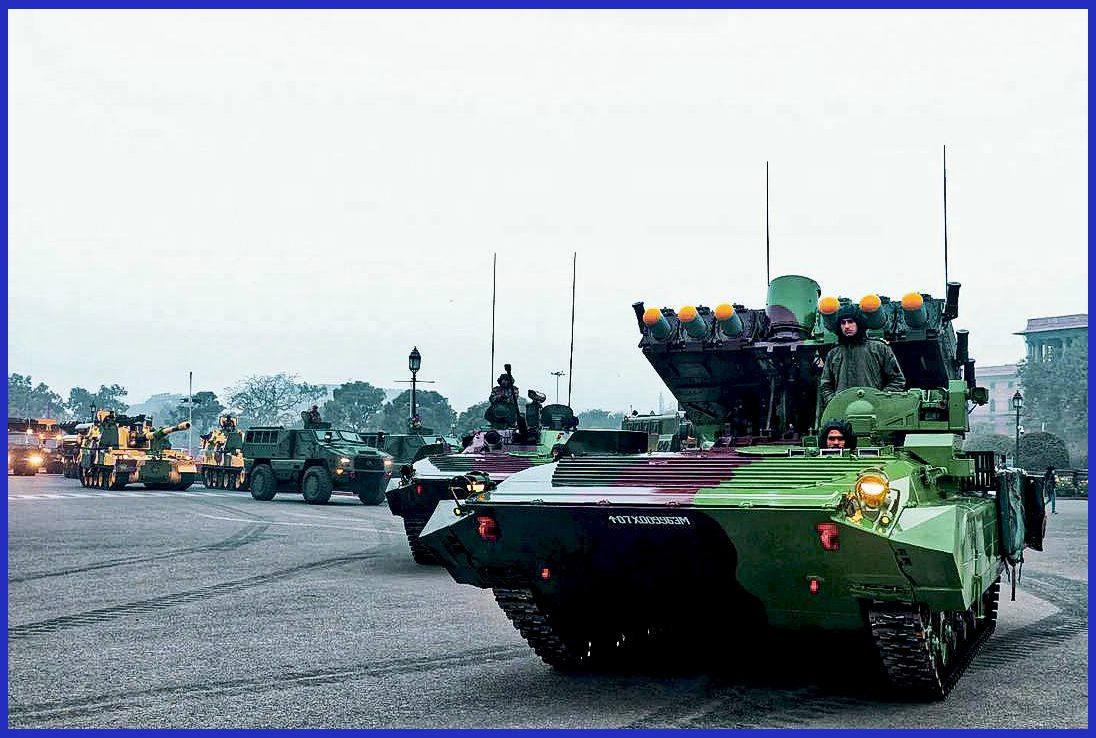
About NAMICA
The Nag Missile Carrier (NAMICA) is categorized as a Tank Destroyer on Wheels, which entails the modification of a Russian BMP-2 Infantry Fighting Vehicle (IFV). It incorporates various electro-optical devices, such as a laser rangefinder (LRF) and a thermal imager (TI), to facilitate target acquisition. NAMICA is equipped to have eight missiles in a ready-to-fire state, with an additional four stored on the vehicle, enabling a total missile carrying capacity of twelve. Furthermore, for silent watch operations, it is outfitted with a compact auxiliary power unit (APU), a fire detection and suppression system (FDSS), as well as a nuclear, biological, and chemical protection system (NBCPS).
The carrier is capable of achieving a speed of 7 km/h when traversing water and has a total weight of 14.5 tonnes when fully equipped for warfare. It successfully underwent transportation tests, covering a distance of 155 kilometres during the summer trials in 2008. The carrier offers a range of firing options, including top assault and indirect attack configurations. Before launch, the system employs lock-on before-launch technology to ensure that the target is selected and visually identified.
With hunter-killer sight capability, NAMICA can fire missiles at a target up to 7.5 kilometres away while transporting 4 soldiers onboard. Defense Research and Development Laboratory ( DRDL ) and Ordnance Factory Board ( OFB ) are the project’s developers, and the project’s entire cost is 3000 crore (OFB). NAMICA has been approved for manufacturing by the Ministry of Defence (MoD) as of 14 August 2020. However, the system is very similar to the American, Raytheon-made TOW systems.
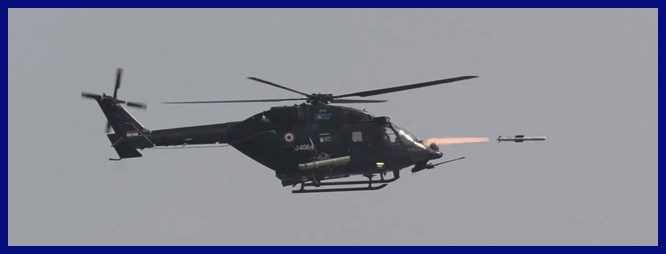
About HELINA
Also known as Dhruvastra, Helina is the helicopter-launched version of the Nag missile, featuring an extended range. It is deployed using twin-tube stub wing-mounted launchers installed on HAL Rudra helicopters and HAL Light Combat Helicopters (LCH), both manufactured by Hindustan Aeronautics Limited (HAL). Notably, Helina differs structurally from the Nag and is equipped with an infrared imaging seeker (IIR) operating in a lock-on-before-launch mode to ensure precise target engagement. Its effective range extends from 7 to 10 kilometers.
In a series of comprehensive multi-mission user tests conducted from the HAL Rudra helicopter on February 19, 2021, both the Army variant HELINA and the Air Force version Dhruvastra successfully demonstrated their capabilities, making them ready for induction into the Indian Armed Services. By September 20, 2021, these systems had successfully completed all user trials. The initial order comprises 500 missiles and 40 launching tubes.
Specifications of the Nag Missile
- Weight: 43 kg
- Length: 6 ft 2 in
- Diameter: 7.9 in with 16 in length stabiliser Fins
- Warhead: Tandem charge high explosive warhead with a capacity of 900 mm penetration, weighing 8 kg
- Detonation: On Impact
- Engine: Solid fuel Rocket booster
- Operational range: NAG: 500 meters – 4 km / HELINA, DHRUVASTRA: 7 – 10 km / SANT: 16 – 20 km
- Speed: 230 meters/ second
- Accuracy: CEP less than 0.7 meter
- Launch Platform: NAMICA ( BMP 2 ) / All Indian Origin Combat Helicopters & MIL MI-24 Hind as well
- Launch height: 10 m to 50 m above ground level
Moreover, don’t miss the golden opportunity to own an exquisite and awe-inspiring scale model of the Convair F-106A Delta Dart fighter jet, conveniently available exclusively on AirModels. These remarkable and iconic military fighter jets boast an impeccable track record and are now available for purchase with worldwide delivery. Click here now to secure your piece before the limited stock is depleted.
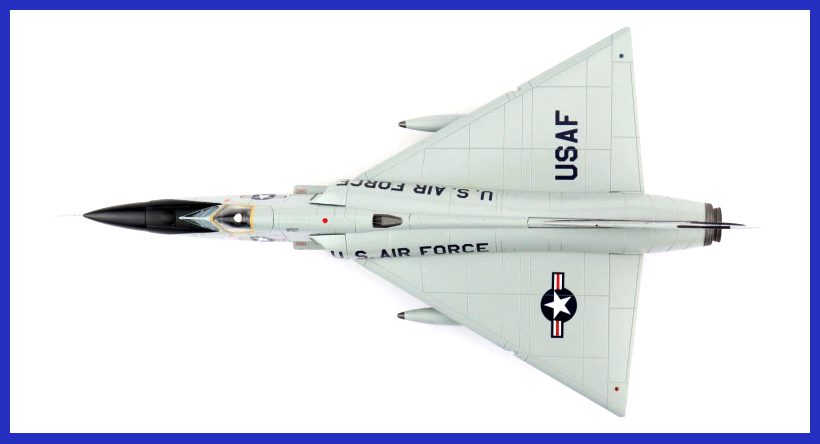
About SANT Missile
An innovation by DRDO, the Standoff Anti-tank Guided Missile (SANT) represents a fourth-generation upgraded iteration of the missile, specifically designed for long-distance airborne anti-armour missions. This enhanced missile incorporates an electro-optical thermal imager (EO/IR) and a new millimetre-wave active radar homing (MMW) seeker, positioned on the nose, effectively extending its range to approximately 15 to 20 kilometres.
It is designed with Lock-on after launch and Lock-on before launch capabilities for the Indian Air Force and Army Aviation Corps. The release mechanism, tracking and guidance algorithms, and the associated avionics software all worked properly. And the missile is still under several tests as of March 2023.
In conclusion, the NAG Missile stands as a testament to India’s commitment to technological advancement in defence. Its remarkable precision, autonomous tracking capabilities, and versatility make it a formidable weapon against armoured targets. By reducing the operator’s exposure to danger and boasting a high probability of target destruction, the NAG Missile exemplifies the evolution of modern warfare technology. As a critical component of India’s defence strategy, it enhances the nation’s ability to respond effectively to contemporary battlefield challenges. With ongoing advancements in missile technology, the NAG Missile continues to evolve, ensuring that it remains a potent force on the battlefield, safeguarding India’s security and contributing to the nation’s defence capabilities.
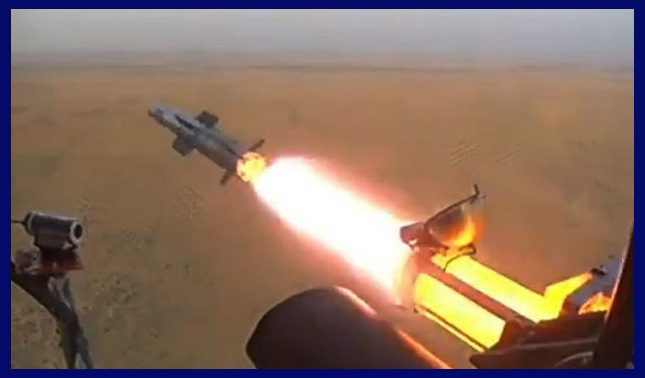
Important Announcement for Our Valued Readers!
After an article is published, it is possible that updates or changes may have occurred beyond the time of publication. Therefore, it is important to be aware that certain information in the article might be outdated. To ensure the most accurate analysis, it is highly recommended to verify the content with the latest sources available.
However, we are dedicated to delivering outstanding articles on military products and global updates. Maintaining quality and smooth operation requires resources. Your support sustains our efforts in providing insightful content. By purchasing high-quality products through our affiliated links, you help us keep our platform alive and acquire top-notch items. Your unwavering support is invaluable and inspires us to strive further.
We welcome your suggestions and requests for more information, as we value feedback from our readers. If there’s specific defence material or equipment not covered on our site, please share your request in the comments. We’ll strive to research and provide the required information. We sincerely thank you for your unwavering interest in our website, and we eagerly anticipate hearing from you! Enjoy your reading experience!
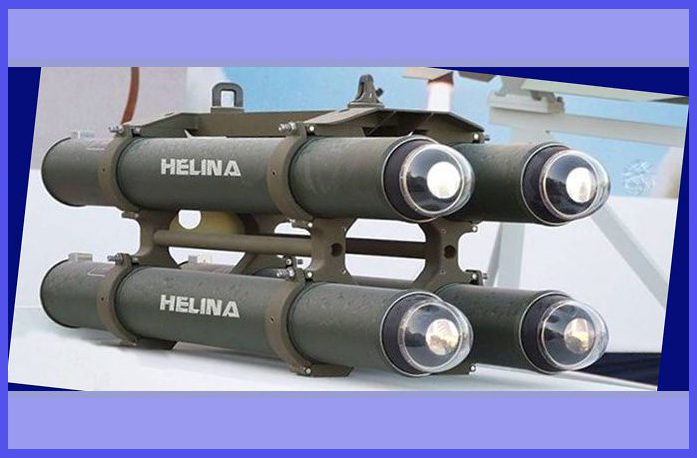
2 thoughts on “NAG Missile”